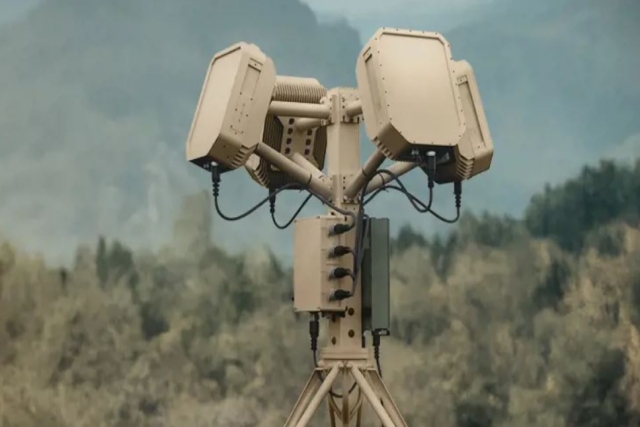U.S. missile defense sensor test called successful
A missile launched from Alaska was successfully tracked Friday by land-, sea- and space-based sensors in a test of the Ground-based Midcourse Defense system, the U.S. Missile Defense Agency and the Boeing Co. said. The test demonstrated the most complex integration to date of radars required to support a missile intercept, Boeing said in a statement. The test used a Navy destroyer-based Aegis Long Range Surveillance and Track system in the Pacific; the AN/TPY-2 radar in Juneau, Alaska; the Upgraded Early Warning Radar at Beale Air Force Base, Calif., and the Sea-Based X-Band Radar on a floating platform in the Pacific. Several space-based sensors also acquired and tracked the target, a Missile Defense Agency statement said. The target missile lifted off Friday afternoon from the Kodiak Launch Complex and the sensors provided target information to a fire-control system at Fort Greely, Alaska, and in Colorado Springs, Colo. The data was combined to generate targeting coordinates and simulate shootdowns by a California-based interceptor missile and by a sea-based Navy interceptor missile. The Ground-based Midcourse Defense system includes interceptors in underground silos at Fort Greely and at Vandenberg Air Force Base, Calif. Boeing is prime contractor. Partners include Raytheon, Orbital Sciences Corp. and Northrop Grumman.









